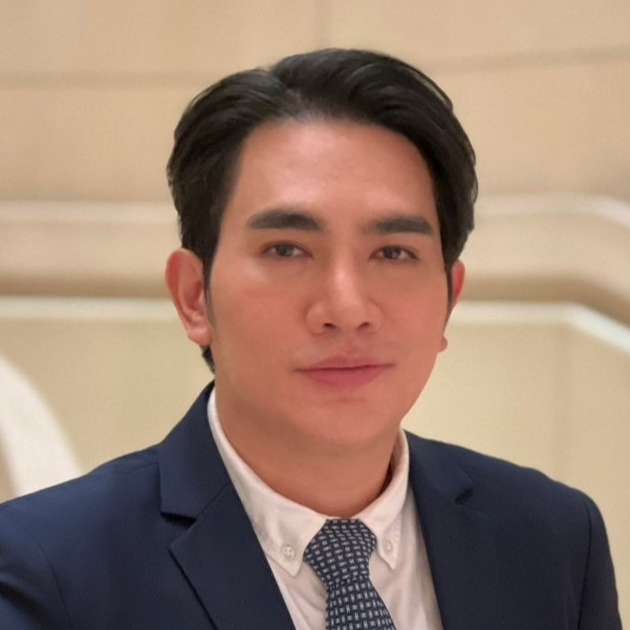VOLTAR
IMCAS Asia 2025
IMCAS Asia 2025
Programa
Hair restoration: Which methods for stimulation?
Sala: Room 6 - Level 3
Data: sábado 7 junho 2025 de 12:00 às 13:00
Formato: FOCUS SESSION > lectures covering a major topic of the congress
Data: sábado 7 junho 2025 de 12:00 às 13:00
Formato: FOCUS SESSION > lectures covering a major topic of the congress
Apresentações desta sessão
| Horas | Palestrantes | Título da apresentação | Resumo | Número |
| 12:00 | Topical anti-androgens: Will they replace oral medications? | 146944 | ||
| 12:12 | Which vitamins and minerals for what types of hair loss in practice? | 146945 | ||
| 12:24 | Fat-derived stem cells options for restoring hair loss | 146946 | ||
| 12:36 | Efficacy of rose stem cell-derived exosomes (RSCEs) combined with picosecond laser for male androgenetic alopecia (AGA) | Visualizar | 146947 | |
| 12:48 | Discussion and Q&A | 146948 | ||










